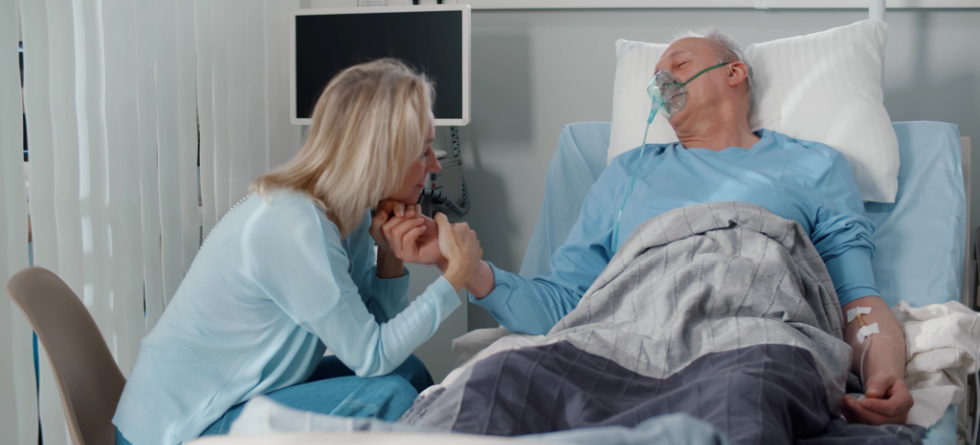The last few hours of life can vary significantly from person to person, but some common physical and emotional changes may occur. Here are some things you may see in the last few hours of life:
- Changes in breathing: The patient’s breathing may become irregular, shallow, or labored. They may also have periods of apnea (no breathing) followed by rapid breathing.
- Changes in consciousness: The patient may become less responsive, with decreased alertness or awareness of their surroundings. They may also experience periods of agitation or restlessness.
- Changes in skin color and temperature: The patient’s skin may become cool to the touch and take on a bluish or grayish tint. This is due to decreased circulation and oxygenation.
- Changes in bowel and bladder function: The patient may lose control of their bowel and bladder function as the body shuts down.
- Changes in muscle tone: The patient’s muscles may become limp and relaxed as they near the end of life.
- Emotional and spiritual changes: The patient may experience various emotions, including fear, sadness, acceptance, and peacefulness. They may also desire to see loved ones or experience a spiritual or religious awakening.
It’s important to remember that every person’s end-of-life experience is unique, and the above changes may not occur in every case. Hospice care can provide support and comfort to the patient and their loved ones during this time, with specialized care to manage symptoms, provide emotional and spiritual support, and help the patient and their loved ones prepare for the end of life.







